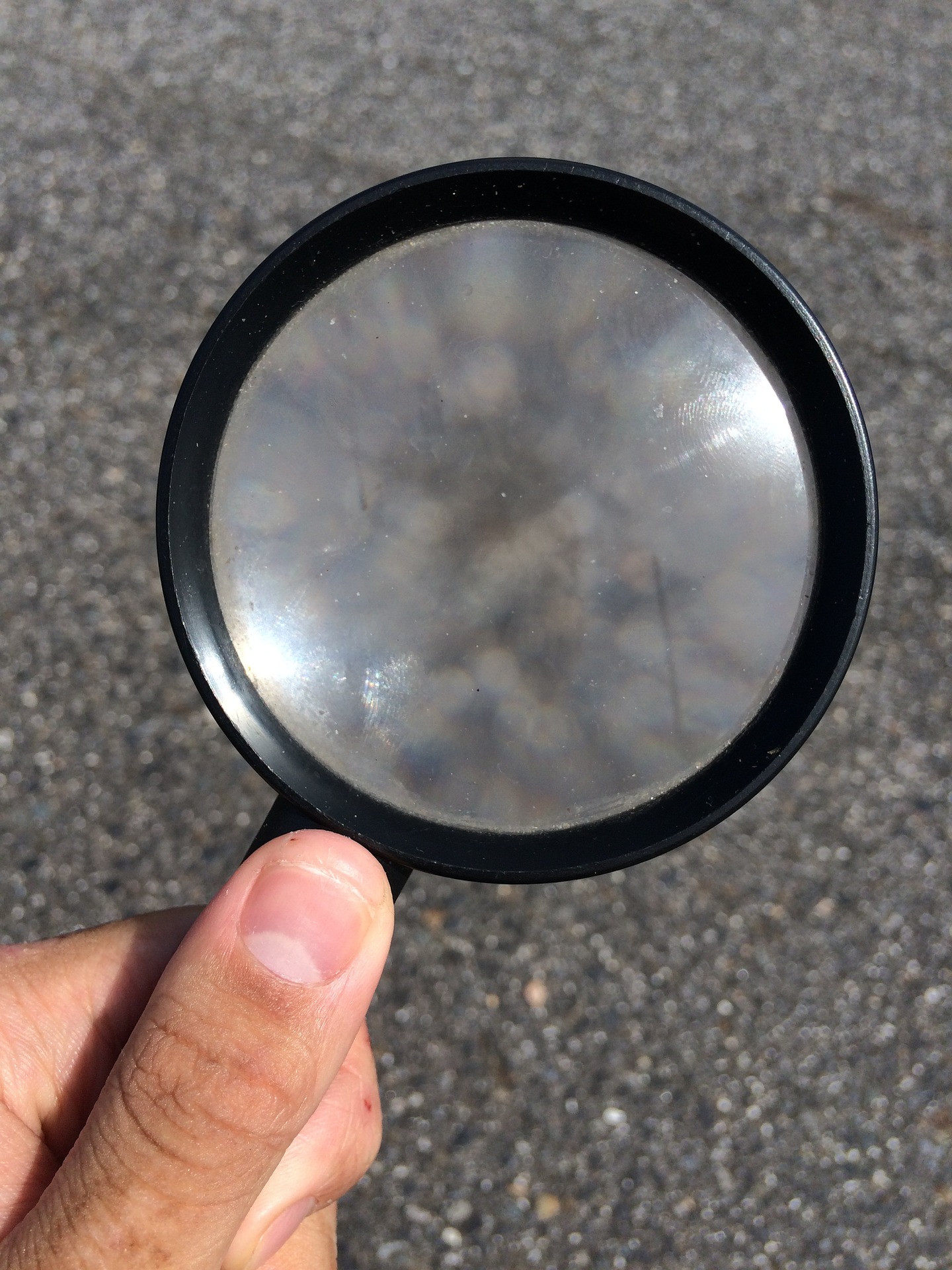Accidents are bound to happen no matter how hard you try to prevent them. Investigating those accidents and using the results to identify root causes and corrective action is key to an effective safety program. But if your safety program is like so many others, you probably don’t have anybody trained to perform these functions properly. Our organization stresses accident investigation training. We provide a one-day training program to our accident investigators, customizing the material to each facility. Here’s how it works and how to adapt the approach to your own organization.
Why Is Training Necessary?
You might think you have everything in place – the safety committee, poster programs, slogans, accident reports and corrective action plans. You have workers’ compensation statistics and internal numbers. You might even have safety performance tied into your performance evaluation and review system. But when it’s time to take corrective action, are you correcting the real root cause? Do you really know what happened and how to fix it?
Good accident investigations reveal true root causes that lead to intelligent corrective action plans intended to prevent future accidents. But you can’t take it for granted that your supervisory employees know how to conduct an accident investigation. Special skills are required to properly identify true causes and to develop proper plans to correct accident-causing conditions.
Look at Previous Reports to Judge Investigators’ Effectiveness
How can you tell if your accident investigators have the skills and understanding to identify true causes and recommend appropriate corrective actions? One way to find out is to look at how accident investigators describe causes and corrective actions on previous reports.
Wrong Way: Look for general, vague phrases like the following:
- “Employee needs to be more careful”;
- “Employee needs to pay closer attention”;
- “Employee needs to be trained to be safe”;
- “Employee is accident-prone”; and
- “It just happened; no cause could be found”.
Such catch phrases don’t tell you anything you can use.
Right Way: Supervisors properly trained in accident investigation techniques give you details that identify specific conditions or actions you can address directly.
Examples:
- “Employee failed to use the proper tool for the designated task. The employee was standing on a turned over trashcan while trying to change a light bulb in an overhead fixture.”
- “The employee put his hand in the operating area of the equipment and got his finger caught in the moving gears. The equipment had just been serviced under the lockout tagout program. To reach the service area the service technician removed the equipment guards but failed to replace them before putting the equipment back in service.”
How to Get Investigators to Provide Helpful Reports
Train your investigators to look beyond the obvious. Proper training should include:
- A detailed explanation of technical terms (including root cause);
- Techniques to identify information you can use;
- An explanation of each question on the investigation report and what information you hope to elicit from it; and
- An explanation of how you will use the information collected on the investigation forms.
- Your training should also ensure that your accident investigators have a clear understanding of:
- The accident investigation process;
- The corrective action process;
- Your policies;
- Your policy-related responsibilities;
- The investigator’s role in each process; and
- Effective interviewing skills.
Conclusion
Don’t let intuition guide your accident investigators. Train them to conduct a thorough investigation and provide you with relevant information you can use to properly identify and correct problems.






